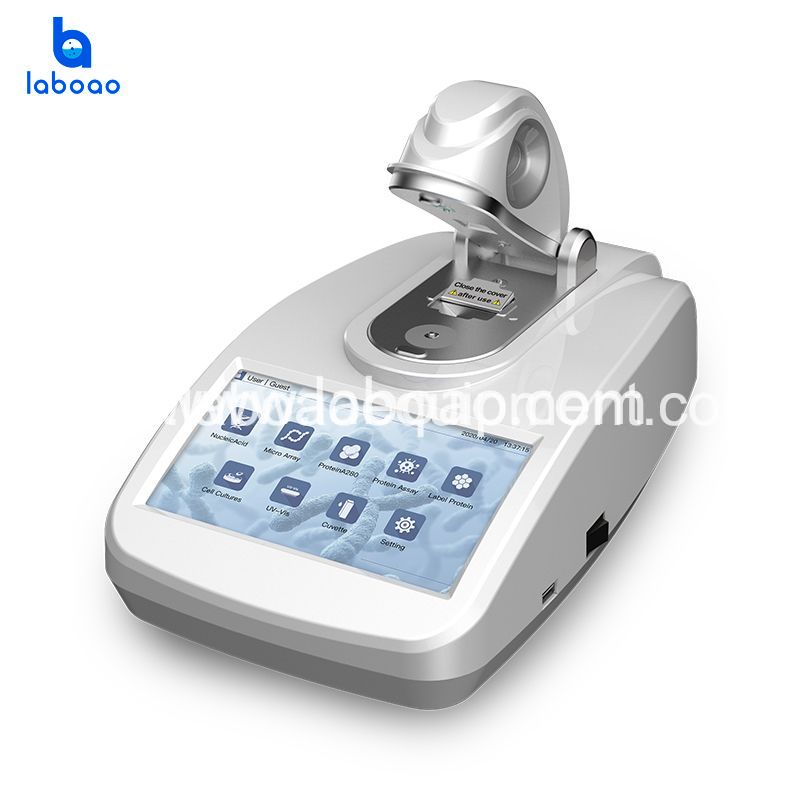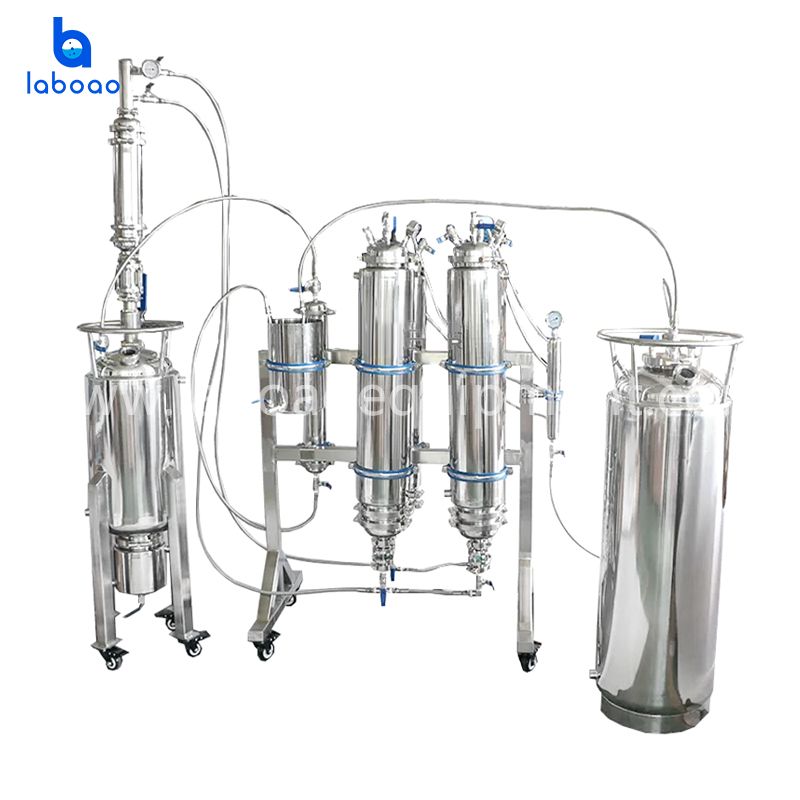Ultrasonic thickness gauge usage use precautions
1. The application of the delay line
The transducer transmits both the transmitted wave of the output and the reflected wave of the input. Therefore, for a very thin metal plate, the electronic device in the ultrasonic thickness gauge may not be switched from the transmitting state due to the short time of the ultrasonic walking back and forth. To the receiving state. In order to enable switching, one can insert a delay line (often made of plastic) between the transducer and the sheet metal to provide some additional delay time for the transmitted and reflected waves. The transducer, delay line, ultrasonic frequency, and other parameters of the ultrasonic thickness gauge determine whether the thickness gauge can measure the required thickness strain.
For example, a 0.508 mm thick sheet has a 50% thickness strain and its thickness is as thin as 0.254 mm. Ultrasonic thickness gauges must be capable of measuring at least the minimum extent of this thickness reduction.
Plastic delay lines require daily maintenance. The delay line is first removed from the transducer to clean the surface of the transducer and delay line interface. Then check the surface of the delay line that is in contact with the metal sheet. The surface must be flush and free of nicks and scratches. An alternate delay line should be prepared so that it can be replaced in the event of damage. The interface between the transducer and the delay line is completely covered with an excess of couplant before re-inserting the delay line. The dry interface is the primary cause of inconsistent thickness measurements.
2. Choose the right speed
Inappropriate speed selection is a key factor in incorrect readings of thickness measurements. Before measuring the workpiece, you can preset its speed of sound according to the type of material or reverse the sound speed according to the standard block. When the instrument is calibrated with one material (commonly used for steel) and another material is measured, erroneous results are often produced. Therefore, it is required to correctly identify the material before measuring and select the appropriate speed of sound.
Therefore, in order to derive the correct speed of the ultrasonic thickness gauge, the speed dial should be adjusted or increased for a plate of known thickness until the correct thickness reading is displayed. If the thickness of the sheet displayed by the ultrasonic thickness gauge is 4 decimal places, the actual sheet thickness measurement used for calibration must also be accurate to 4 decimal places.
The chemical composition, microstructure, grain size, sediment and all other properties of the workpiece will affect the speed of the sound wave. The speed of galvanizing or other coating through the surface is different from the speed through the workpiece substrate. Therefore, a good calibration requires the use of a sample of the same material as the thinned strain. Test blanks, next blanks, part scraps, or samples taken from plates produced in the same batch prior to deformation are good calibration samples. Standard two or three step adjustment pads with ultrasonic thickness gauges are not suitable for good calibration for thickness strain measurements.
3. The correct use of coupling agent
A layer of coupling agent is required between the measuring probe and the plate. The coupling agent is mainly used to exclude the air between the probe and the object to be measured, so that the ultrasonic wave can effectively penetrate the workpiece for the purpose of detection. If the type is selected or used incorrectly, it will cause an error or the coupling mark will flash and cannot be measured. The appropriate type should be selected according to the application. When using on a smooth material surface, a low viscosity coupling agent can be used: when used on rough surfaces, vertical surfaces and top surfaces, high viscosity couplant should be used; high temperature workpieces should be used at high temperature. Coupling agent. Secondly, the coupling agent should be used in an appropriate amount and evenly applied. Generally, the coupling agent should be applied to the surface of the material to be tested, but when the measurement temperature is high, the coupling agent should be applied to the surface of the material to be tested, but when the measurement temperature is high, the coupling agent should be applied to the probe.
4. Small radius workpiece measurement
If the radius of curvature of the workpiece is too small, the measurement radius requires extra attention. Commonly used probe surfaces are flat, and the contact with the curved surface is point contact or line contact, so the sound intensity transmission is low (coupling is not good).
At this time, the special probe for small diameter can be selected first (if the diameter of the probe is too large, the coupling agent can not fill the air gap), the curved material can be measured more accurately; secondly, it is usually necessary to retain the probe with a thick consistency. The couplant in the gap between the metal plates, some petroleum gels are suitable here; third, the probe is rocked back and forth in the bending direction to obtain the lowest stable thickness value and then the probe is removed and the measurement is repeated; the fourth prediction is about What should be the thickness value?
During the measurement of the radius, when the transducer does not detect the first reflected wave, but the second reflected wave touches the timer, then there will be a double thickness value.
5. Pay attention to the surface roughness of the probe
If the probe is used for a long period of time, the surface roughness will increase, resulting in a decrease in the sensitivity of the probe, resulting in an incorrect display. Therefore, the surface can be sanded frequently to smooth and ensure parallelism. If it is still unstable, consider replacing the probe

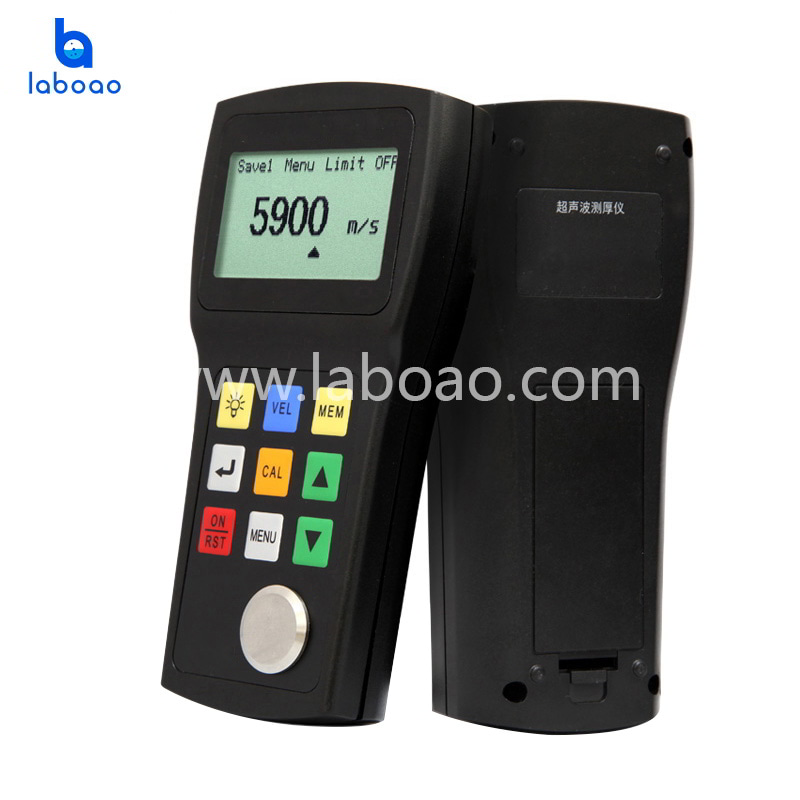
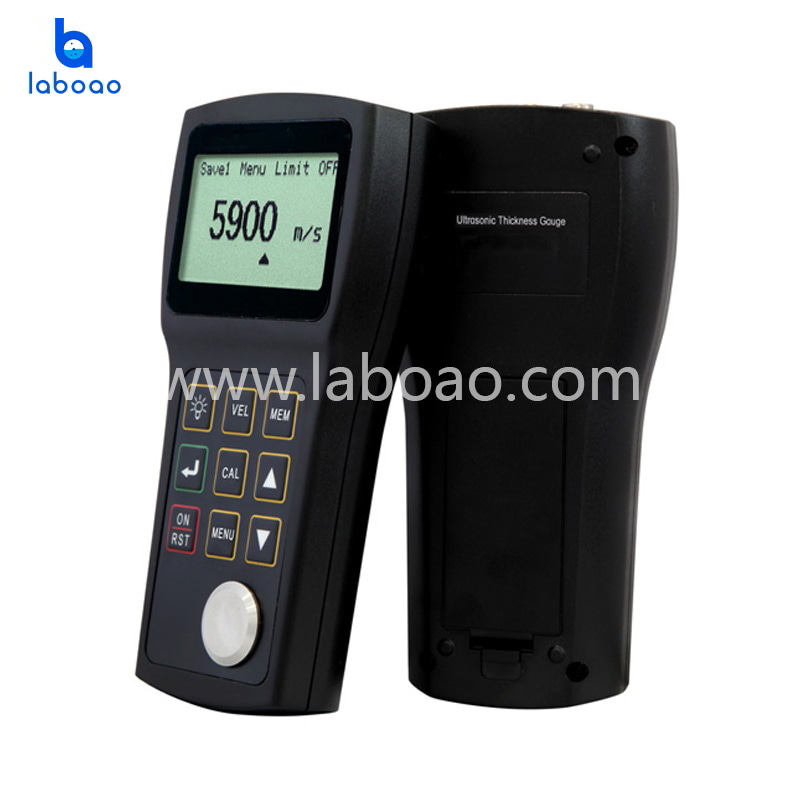
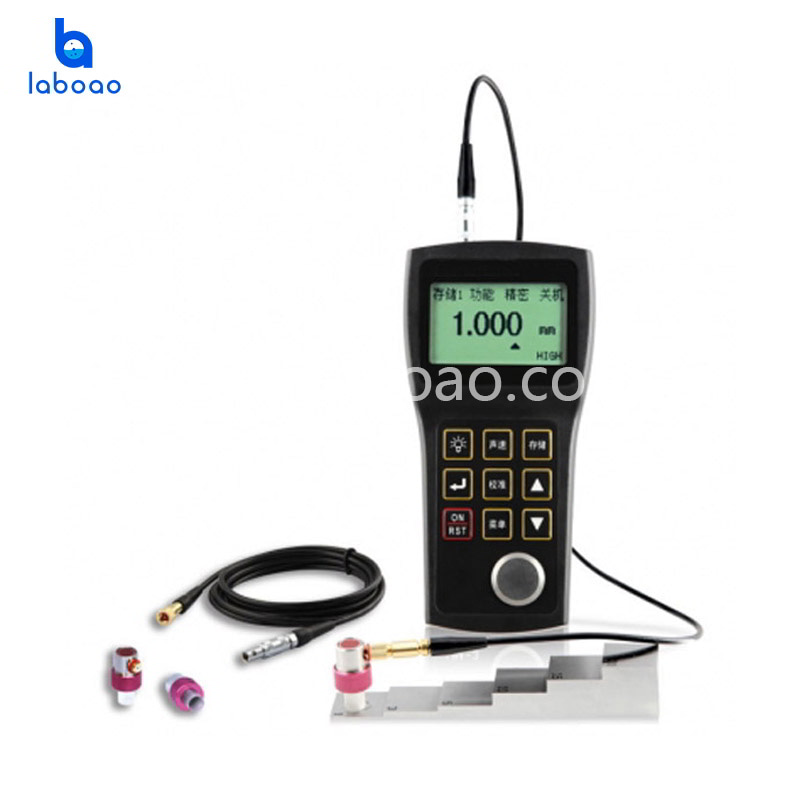

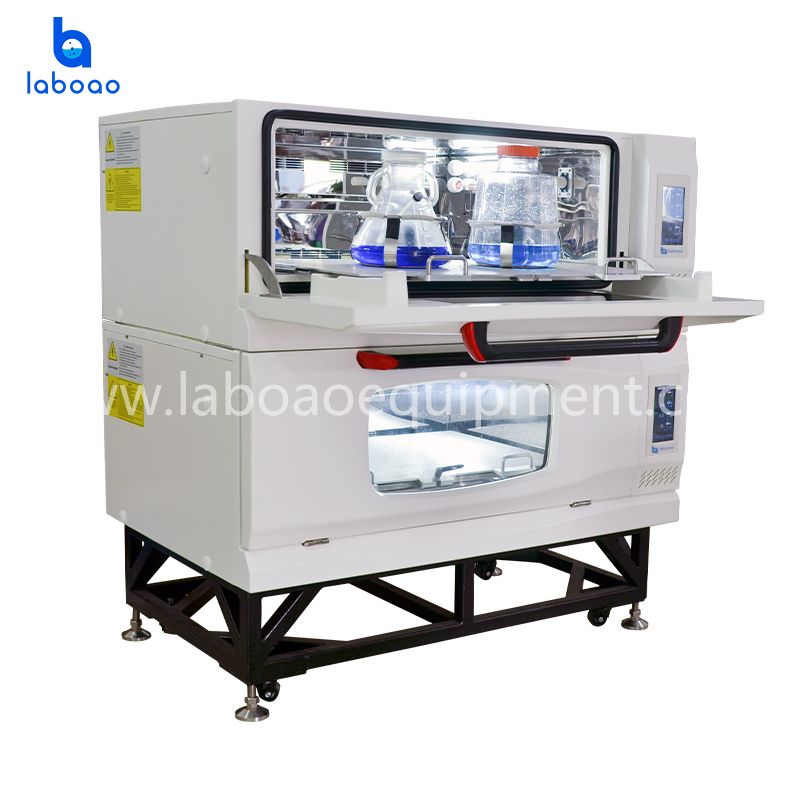
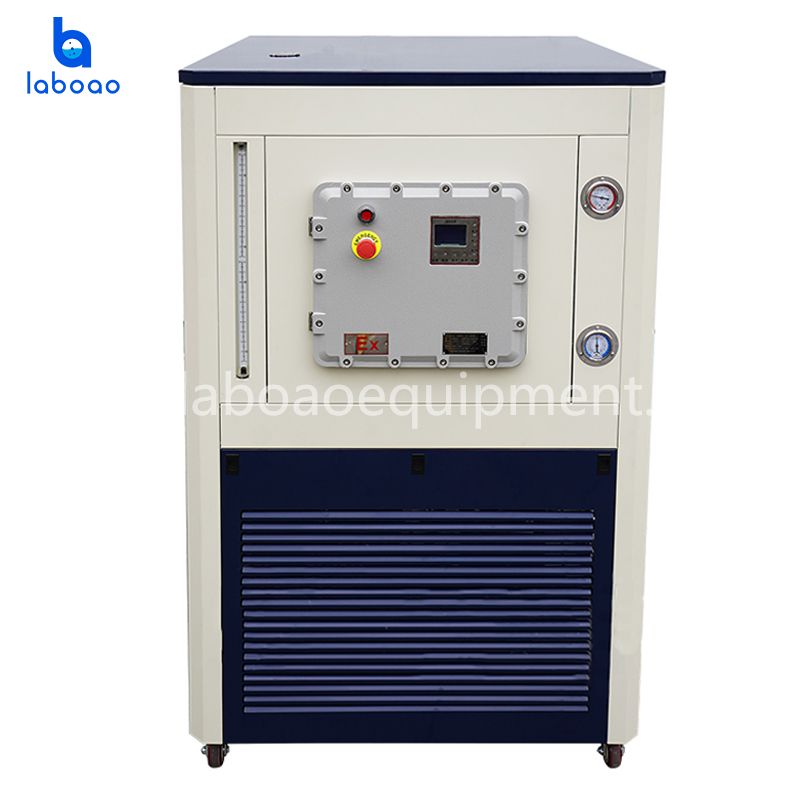
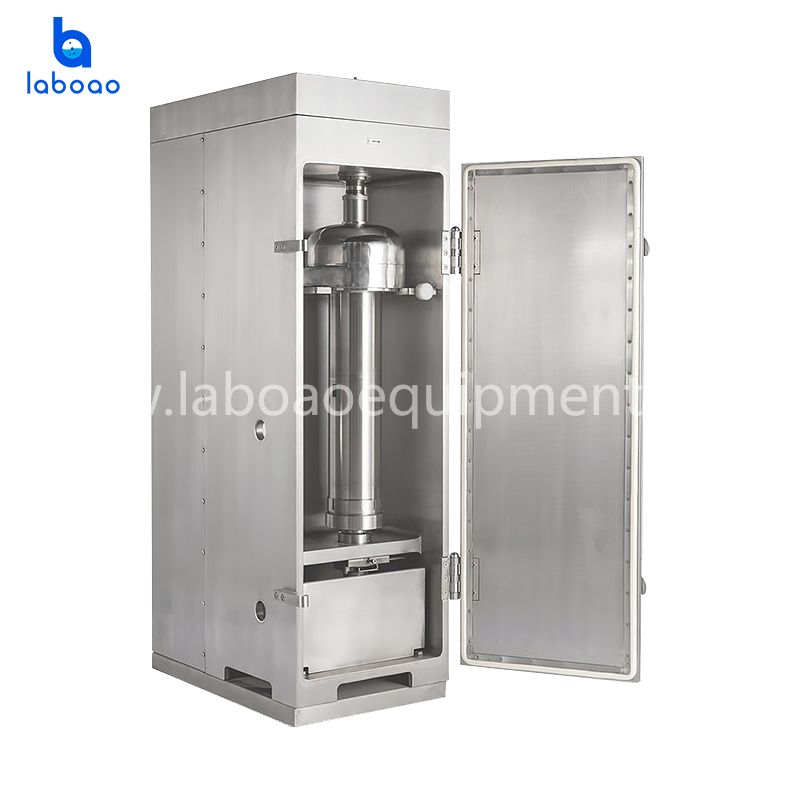

-analyzer-1695623743955.jpg)
